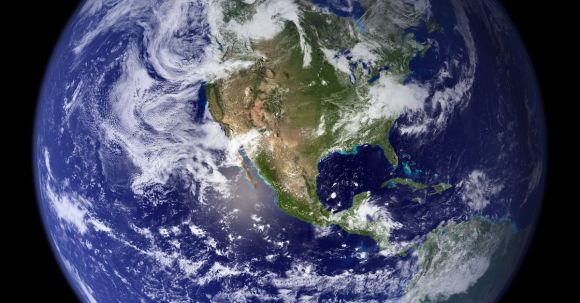Exploring the possibility of extraterrestrial life has long captivated the human imagination. The question of whether there are planets beyond our solar system that harbor life has been a subject of scientific inquiry for decades. With advancements in technology and the discovery of exoplanets, scientists are closer than ever to finding an answer. In this article, we will explore the exciting field of exoplanet research and examine the evidence that suggests the existence of habitable planets outside our solar system.
The Search for Exoplanets
In recent years, the search for exoplanets has gained momentum. Exoplanets, or planets that orbit stars outside our solar system, were first detected in the 1990s. Since then, thousands of exoplanets have been discovered using various methods, including the transit method and the radial velocity method. These discoveries have opened up new possibilities for finding Earth-like planets that may support life.
Habitable Zone: The Goldilocks Zone
One key factor in determining the potential habitability of an exoplanet is its distance from its host star. This region, known as the habitable zone or the Goldilocks zone, is the area around a star where conditions are just right for liquid water to exist on the planet’s surface. Water is considered crucial for the development and sustenance of life as we know it.
Many exoplanets have been found within the habitable zones of their respective star systems. Some of these planets, like Kepler-452b and TRAPPIST-1e, have characteristics that make them potential candidates for hosting life. However, it is important to note that being within the habitable zone is just one of the many factors necessary for life to thrive.
The Search for Biosignatures
Detecting life on exoplanets is a challenging task. Scientists are developing methods to search for biosignatures, which are signs of life that can be detected remotely. These biosignatures include the presence of certain gases, such as oxygen and methane, in an exoplanet’s atmosphere. The upcoming James Webb Space Telescope, set to launch in 2021, will play a crucial role in this search by providing more advanced tools for studying exoplanet atmospheres.
Beyond Earth-Like Life
When discussing the possibility of life beyond our solar system, it is important to broaden our perspective beyond Earth-like life. While we have based our search for habitable planets on the conditions required for life as we know it, there may be other forms of life that thrive in environments drastically different from Earth.
For example, extremophiles on Earth have adapted to survive in extreme conditions, such as high temperatures or acidic environments. There could be exoplanets with similar extreme conditions that support lifeforms we cannot even fathom. Exploring the potential for non-Earth-like life expands our understanding of the possibilities that exist in the universe.
The Future of Exoplanet Research
As technology continues to advance, our ability to detect and study exoplanets will improve. The upcoming launch of the James Webb Space Telescope will provide unprecedented insights into exoplanet atmospheres and increase our chances of finding signs of life. Additionally, future missions, such as the planned European Space Agency’s PLATO mission, will further contribute to our understanding of exoplanets.
Conclusion: The Search Continues
While we have yet to find definitive evidence of life on exoplanets, the search continues to be a fascinating and active field of research. With the discovery of thousands of exoplanets and advancements in technology, scientists are getting closer to answering the age-old question of whether there are planets beyond our solar system with life. The search for extraterrestrial life sparks our curiosity and ignites our imagination, reminding us of the vastness and diversity of the universe we inhabit.





